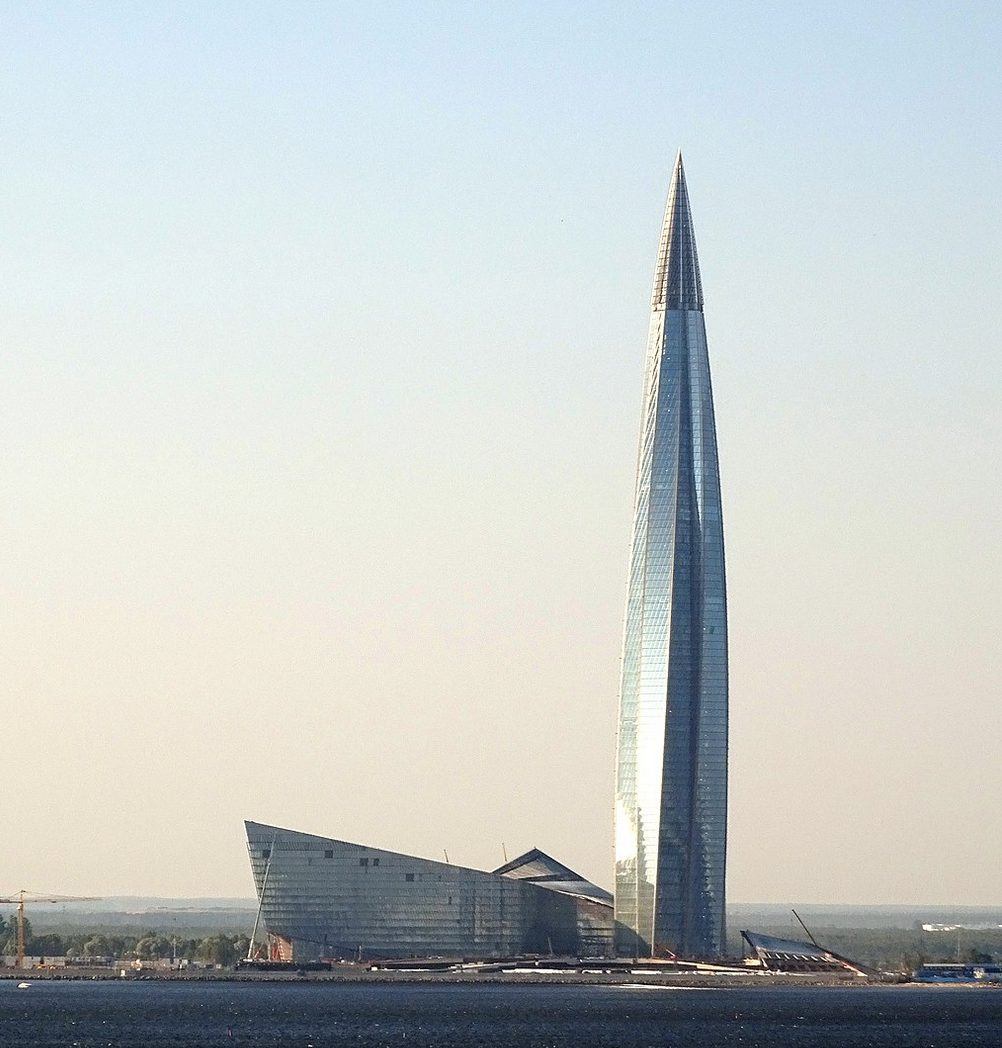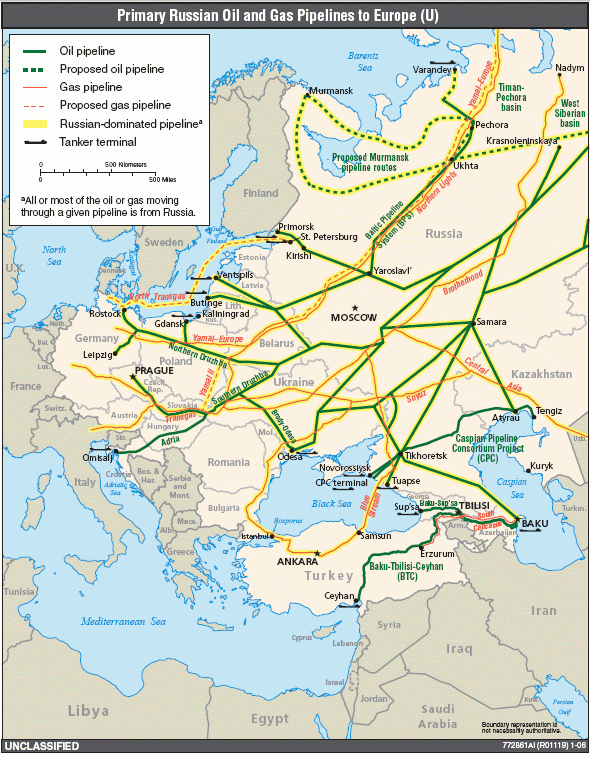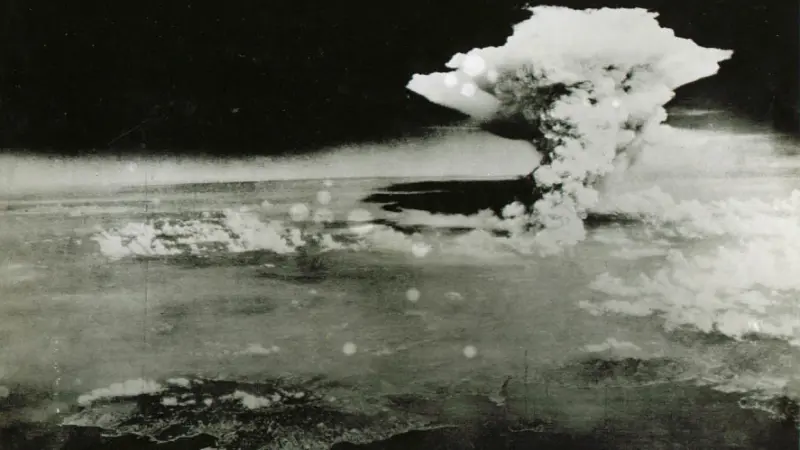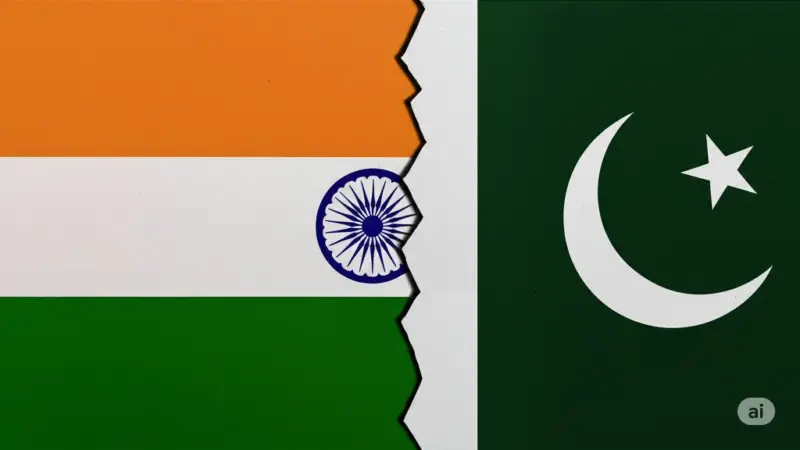Is Russia Headed for Economic Ruin in 2025? Analyzing the Financial Fallout of Prolonged Warfare

As the war in Ukraine drags on into its third year, Russia finds itself at a critical economic crossroads. The Kremlin’s war chest is rapidly depleting, and sanctions are tightening the noose around key revenue streams. With the National Wealth Fund almost exhausted and budget deficits ballooning, Russia’s ability to sustain the current pace of war spending into 2025 looks increasingly dubious. While state-controlled media touts the narrative of resilience, the numbers tell a far grimmer story.
Update March 2025: Economic Pressures and Central Bank Strategies in Russia
As of March 2025, Russia’s economic landscape remains severely stressed under the dual pressures of low oil prices and high central bank interest rates. Brent crude oil prices are currently just below $70 per barrel, a significant factor since much of Russia’s budgetary planning relies on higher oil revenues (Crude Oil Prices – 70 Year Historical Chart | MacroTrends). This reduction in oil prices, if sustained, risks exacerbating the fiscal deficit, increasing the necessity for stringent economic measures.
Compounding these financial challenges is the Central Bank of Russia’s decision to maintain its key interest rate at a record high of 21%. This rate has been set to combat inflation, which has soared past 10%, driven by high military spending and labor shortages (Russian Central Bank Holds Key Rate Steady Amid Soaring Inflation – The Moscow Times). The central bank’s tight monetary stance is aimed at curbing inflation but also presents a substantial burden on economic growth, affecting both corporate and consumer financing.
In response to the ongoing economic strife, everymansci.com conducted a poll about the potential collapse of Russia’s economy in 2025. The responses were divided, indicating significant uncertainty and concern among observers:
- Yes: 30% believe an economic collapse is imminent,
- No: 30% do not foresee a collapse,
- Unsure: 21% remain uncertain,
- Likely: 19% feel a collapse seems probable.
The persistence of high interest rates alongside low oil prices could lead to deeper economic challenges, requiring careful monitoring of Russia’s fiscal and monetary policies as the year progresses.
The Budget Breakdown: Running on Empty?
Russia’s 2024 budget projections already painted a precarious picture: a total planned expenditure of 36.6 trillion rubles ($349 billion) against revenue of 35 trillion rubles, leaving a budget deficit of around 1.6 trillion rubles. To finance this, the government has been burning through its National Wealth Fund (NWF), which dropped from $210 billion in early 2022 to just $130 billion at the start of 2024. If Russia continues spending at the same pace in 2025, the NWF will be fully depleted by the end of that year.
For a country still waging an expensive and resource-draining war, this depletion is a catastrophic scenario. Once the NWF runs dry, Russia will have no financial cushion to cover its expanding deficit, leaving only a few unpalatable options: cut war spending, take on exorbitantly expensive debt, or resort to printing money—each with severe consequences.
A Grim Choice: Debt, Devaluation, or Austerity?
If Moscow opts to borrow its way out of trouble, it faces a debt market riddled with landmines. Domestic borrowing is extremely costly due to the Central Bank’s 19% interest rate, which will only climb higher as inflation rises. International borrowing is largely off the table due to sanctions, and any loans from non-Western partners like China would come with high political and economic strings attached.
If the Kremlin turns to monetizing debt—essentially printing rubles to finance deficits—it will plunge the economy into a hyperinflationary spiral. The ruble, already under strain, would nosedive, making the cost of imports skyrocket. This would further aggravate inflation, drive up consumer prices, and make everyday life even more unbearable for ordinary Russians. The last time Russia faced such a scenario, during the 1998 financial crisis, it led to a sovereign default and mass economic turmoil. The Kremlin knows it is playing with fire.
Spiraling Inflation and a Collapsing Ruble: A Recipe for Rebellion?
The economic pain would not be confined to spreadsheets and balance sheets. Inflation is already running high, with food prices in particular skyrocketing, putting pressure on a population already bearing the weight of international isolation and a stifled economy. If the ruble tanks further, inflation could spiral into double digits, pushing millions of Russians below the poverty line. For a government that has staked its legitimacy on restoring Russia’s global standing and maintaining internal stability, this could be a tipping point.
Remember, in Russia, it’s often the rural and poorer regions that have disproportionately supplied the soldiers for the Ukrainian frontlines. If these communities begin to feel that they’re not only sacrificing lives but also their economic future, the political blowback could be fierce. Historically, financial crises have proven more dangerous for the Kremlin than foreign policy failures. The collapse of the Soviet Union in 1991 was preceded by years of economic stagnation and inflation—factors that look ominously familiar today.
The War Economy Trap: Perpetuating Crisis
The Russian government is walking a tightrope: cutting war spending risks losing ground in Ukraine, while maintaining current levels of expenditure risks pushing the economy to a breaking point. This is the classic “guns versus butter” dilemma, but with a uniquely Russian twist. Recent reports show that up to 30% of the federal budget is now dedicated to defense, a staggering figure reminiscent of the USSR’s late-stage economic cannibalism. Even if Russia tries to balance this by slashing social or infrastructure spending, the political fallout would be enormous.
The military-industrial complex in Russia is not built for efficiency; it is a leaky, corrupt system plagued by inefficiencies and cost overruns. Rostec, the state-owned defense conglomerate, has reported falling profits and growing losses despite record defense spending. The current strategy is akin to pouring water into a leaking bucket—most of the cash simply seeps away.
The Risk of State Bankruptcy: A Matter of When, Not If?
The question on everyone’s mind: Is Russia heading for a state bankruptcy? While it may not be a straightforward sovereign default—Russia still has significant hard currency reserves—the state’s financial stability is crumbling. Moscow’s own economists have warned that budgetary planning is based on overly optimistic revenue projections, assuming oil prices will average $71 per barrel in 2024. If oil prices drop even slightly, Russia’s revenue shortfall would increase by over 1.6 trillion rubles per $10 decline.
With no National Wealth Fund to fall back on, the Kremlin would be forced to choose between debt, devaluation, and severe austerity. Each of these options carries enormous risks, not just economically but socially and politically. If Moscow is forced into austerity, cutting pensions or wages in the already restive regions of Siberia or the North Caucasus, we could see the first sparks of rebellion against the regime.
Austria’s Colonel Oberst Reisner: Understanding Russia’s Strategic Miscalculations
For those looking to dive deeper into Russia’s military and strategic miscalculations, check out our in-depth article on Colonel Oberst Markus Reisner, who regularly provides incisive analysis on ORF and ZDF, explaining how Russia’s overreach could backfire spectacularly.
The Real Threat: Losing the War at Home
Russia’s leadership is preparing for a long war, but their real battle might be on the home front. If 2025 sees the ruble collapse, inflation surge, and living standards plunge, the regime could find itself fighting a two-front war: one in Ukraine and one within its own borders. A weakened ruble, depleting reserves, and a war-weary populace are a toxic mix that could catalyze a financial crisis—and, potentially, a political one.
Ukraine, backed by Western financial and military aid, doesn’t face the same constraints. While Russian resources dwindle, Kyiv is ramping up its war efforts with new weapons and technology, such as the Palianytsia Drone-Missile, designed to penetrate Russian defenses. The war is not just being fought on the battlefield; it’s being waged in the coffers of both nations. And right now, Russia’s coffers are running frighteningly low.
The bottom line? Russia is staring down the barrel of a financial implosion in 2025. The only question is: How long can the Kremlin juggle its dwindling reserves and rising debts before the entire facade comes crashing down?
Sources:
- Russia’s 2024 Budget Shows It’s Planning for a Long War in Ukraine – Carnegie Endowment for International Peace
- Militarizing the economy: Russia’s next budget allocates over a third of spending to defense – Meduza
- Russia-Ukraine war: what to watch in 2024 – ODI
- Is the Kremlin Overconfident About Russia’s Economic Stability? – Carnegie Endowment for International Peace
- https://carnegieendowment.org/podcasts/carnegie-politika-podcast/russia-war-economy?lang=en
- https://en.wikipedia.org/wiki/Economy_of_Russia
- https://novayagazeta.eu/articles/2024/10/05/selling-russia-short-en Novaya Gazeta Europe – Selling Russia Short







One thought on “Is Russia Headed for Economic Ruin in 2025? Analyzing the Financial Fallout of Prolonged Warfare”